Elephant apple, scientifically known as Dillenia indica, is a tropical fruit native to Southeast Asia and the Indian subcontinent. This large, green, segmented fruit is named for its immense size and the fact that elephants are one of its primary consumers in the wild. Rich in vitamin C, antioxidants, and astringent properties, elephant apple is both a culinary and medicinal treasure in regions where it naturally grows. Though still relatively unknown in the West, this fruit plays a vital role in the cuisine and traditional medicine systems of South and Southeast Asia.
But which country leads the world in its production? In this article, we’ll explore the top global producer of elephant apple, the agricultural practices behind its cultivation, the economic significance, and future potential of this underappreciated fruit.
Understanding Elephant Apple: A Brief Overview

The elephant apple grows on medium-sized evergreen trees and thrives in tropical and subtropical climates. It is mostly found in swampy, riverine forests and lowland rainforests. The fruit has a unique taste—tart, slightly bitter, and aromatic—which makes it ideal for chutneys, pickles, and curries in India, Bangladesh, Thailand, and Sri Lanka.
In traditional medicine, it’s used to treat digestive issues, inflammation, and skin problems. Its high fiber content also aids in digestion and cholesterol control. With increased interest in native and functional foods, the elephant apple is slowly gaining global recognition.
Global Production: Who Leads the Way?
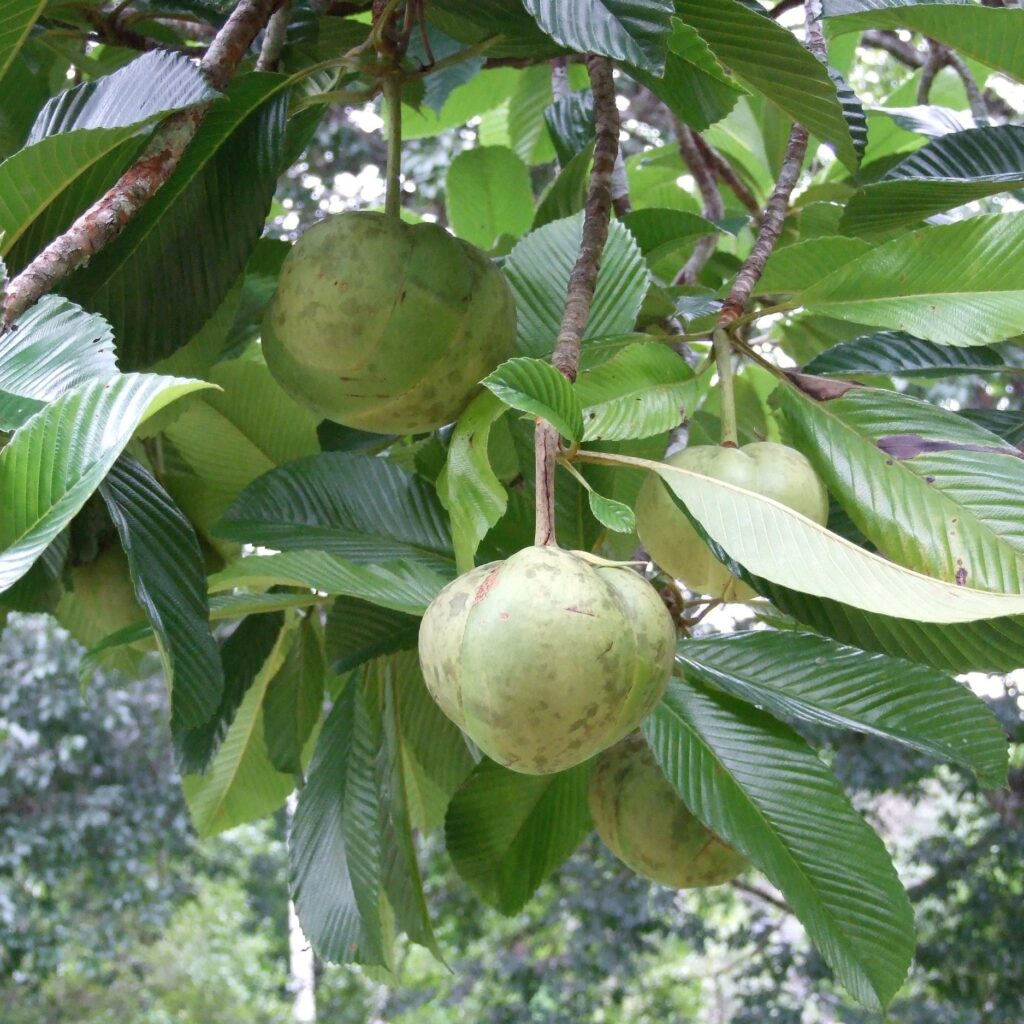
When it comes to elephant apple production, India stands out as the top producer globally. The tropical regions of Northeast India—particularly Assam, West Bengal, Tripura, and Meghalaya—are ideal for growing Dillenia indica due to their abundant rainfall, humid climate, and fertile alluvial soil.
India not only grows elephant apple on a commercial scale but also utilizes it extensively in local cuisines and Ayurvedic remedies. Though data on elephant apple production is limited due to its niche status, agricultural surveys and regional reports confirm India’s dominance in both cultivated and wild-harvested volumes.
Why India Is the Global Leader
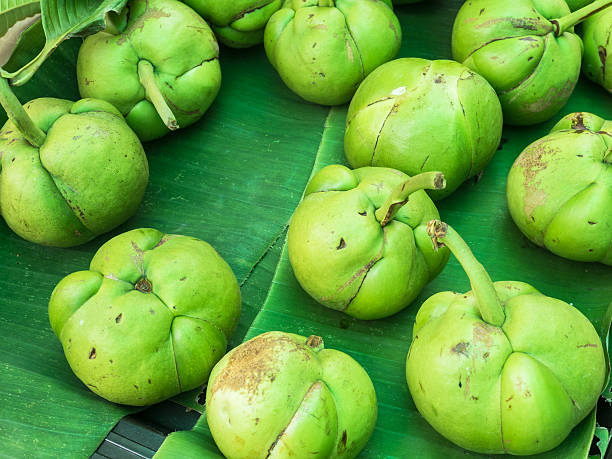
Several key factors contribute to India’s status as the largest elephant apple producer:
1. Ideal Climate and Geography
The northeastern states of India have humid, subtropical climates with frequent rains—perfect for the growth of elephant apple trees. These regions are part of the Eastern Himalayan biodiversity hotspot, where wild and cultivated trees grow abundantly.
2. Cultural and Culinary Demand
In Assam and Bengal, elephant apple (locally known as Ou Tenga or Chalta) is a common household ingredient. It’s used in lentil-based dishes, fish curries, and traditional pickles. The consistent domestic demand ensures steady production and harvesting.
3. Traditional Medicine Systems
India’s deep-rooted use of traditional medicine, including Ayurveda and folk remedies, creates additional demand for the fruit, bark, and leaves of the plant. The fruit’s extract is known for anti-inflammatory, astringent, and wound-healing properties.
4. Forest-Based Livelihoods
In tribal and rural areas of Northeast India, wild elephant apple trees are a source of income for local communities. The fruit is harvested from forests and sold in local markets, contributing to sustainable forest-based economies.
Other Major Producers: Bangladesh and Thailand
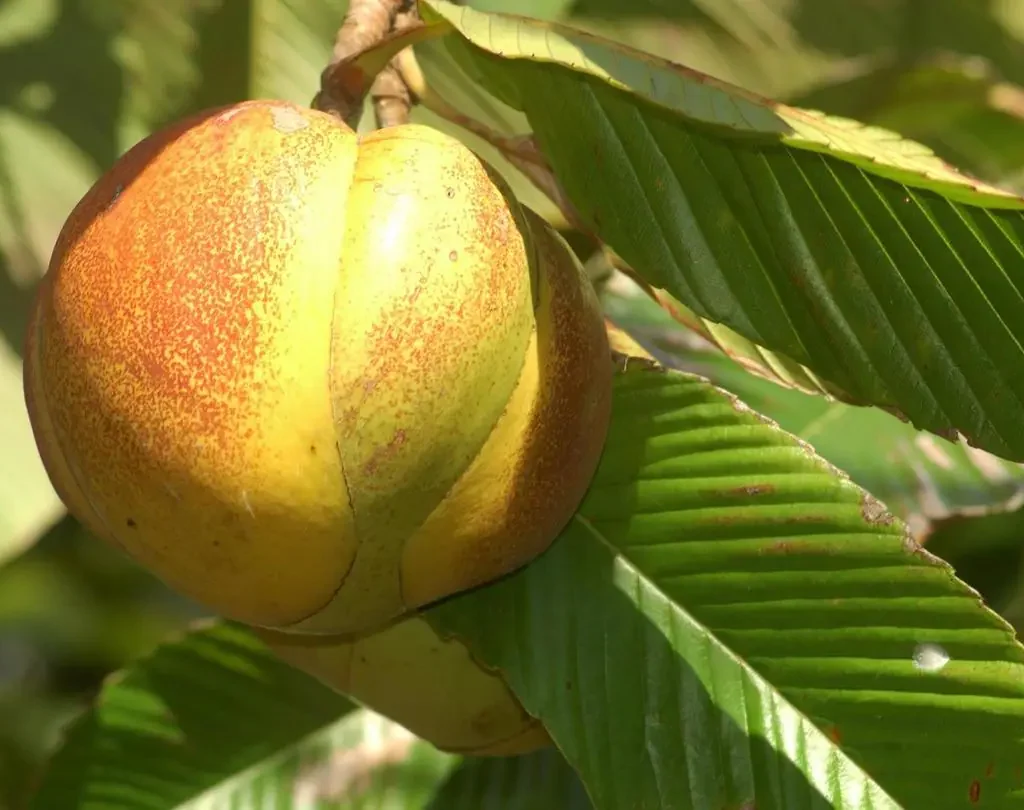
While India is the leading producer, Bangladesh and Thailand also cultivate elephant apple to a significant extent.
Bangladesh:
In Bangladesh, the fruit is called Chulta and is mainly used in traditional cooking. It grows in the southern and southeastern districts, especially in Chattogram and Sylhet. The government and NGOs have been promoting elephant apple cultivation as a way to enhance biodiversity and support rural incomes.
Thailand:
In Thailand, elephant apple is known locally as Ma-Kok-Tong. The fruit is often used in sour curries and medicinal preparations. Thai farmers grow the plant in southern provinces, especially in wetland areas. Though production is not as large-scale as in India, Thailand plays a role in both regional supply and research on medicinal properties.
Export and Economic Potential
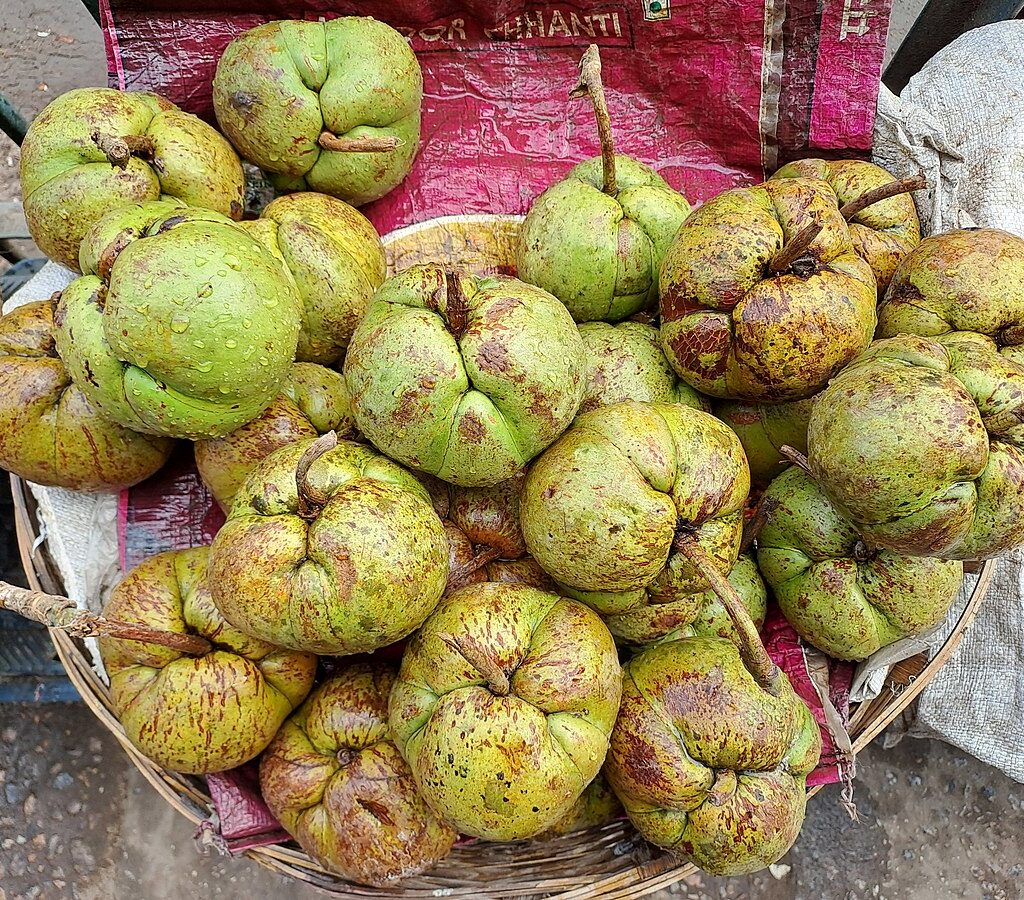
Currently, the international trade of elephant apple is minimal, limited to regional export among South Asian countries and ethnic markets in Europe and North America. However, this presents a huge untapped opportunity.
With the rising global demand for exotic fruits, superfoods, and plant-based ingredients, elephant apple could be marketed as a functional food with antioxidant and digestive benefits. Processed forms such as chutneys, juices, and powdered supplements could open up new revenue streams for producers.
India, with its established production base and processing capacity, is in a strong position to lead the export market once global awareness grows.
Challenges in Production and Commercialization
Despite its potential, several challenges limit the large-scale production and commercialization of elephant apple:
- Perishable Nature: The fruit has a short shelf life and is prone to spoilage, limiting transportation range.
- Lack of Awareness: Globally, elephant apple is relatively unknown compared to more mainstream tropical fruits like mango or pineapple.
- Harvesting Limitations: A significant portion of production comes from wild trees, which poses sustainability and accessibility challenges.
- Processing Gaps: Limited investment in modern processing techniques for value-added products has slowed its market growth.
However, these challenges also present opportunities for innovation in post-harvest technology, cold chain logistics, and marketing.
The Future of Elephant Apple Production
India, as the global leader, is poised to transform elephant apple from a local staple into an international sensation. Efforts by agricultural research centers like the Indian Council of Agricultural Research (ICAR) are focused on:
- Developing high-yield, disease-resistant varieties
- Creating efficient propagation methods (such as grafting)
- Promoting sustainable harvesting practices from forest regions
- Training local communities in value addition and marketing
Moreover, with the Indian government’s focus on “vocal for local” and promoting traditional crops under initiatives like Paramparagat Krishi Vikas Yojana, elephant apple is likely to receive more attention and funding in the coming years.
Conclusion
The elephant apple is a unique, underutilized fruit with significant potential. India, with its perfect growing conditions, cultural affinity, and large-scale wild and cultivated sources, is by far the top producer of elephant apple in the world. Bangladesh and Thailand follow as notable contributors, but no country matches India in scale or cultural integration of this fruit.
As global consumers seek healthier, more diverse food options, elephant apple has the chance to shine—both for its nutritional value and its exotic appeal. With targeted investment, research, and export development, India can lead the way in introducing this tangy, medicinal gem to the world stage.

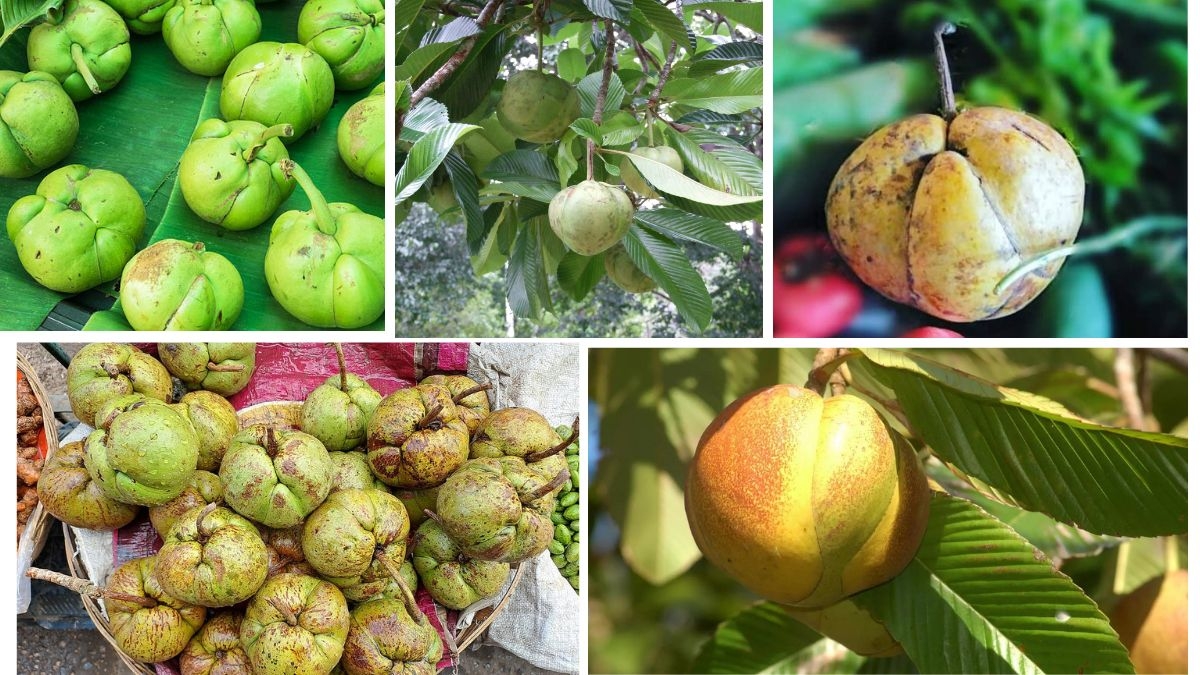



Leave A Comment